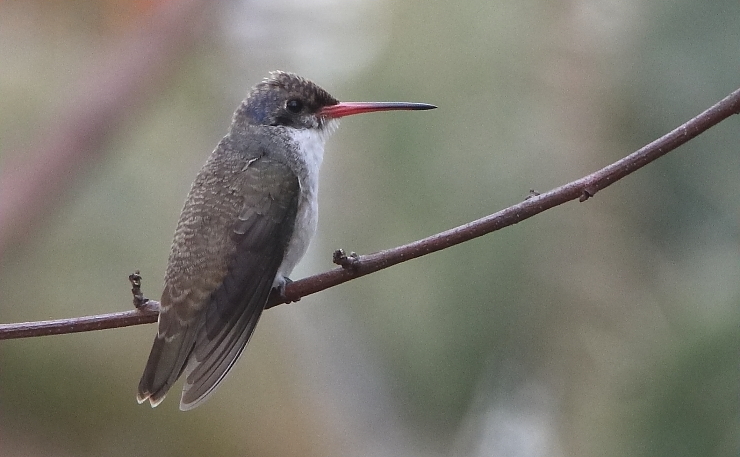
As this holiday week advanced and my Wednesday deadline approached, I was torn between two post themes. One was to piggyback on Patrick O’Donnell’s interesting article about winter warblers in Costa Rica, since his list is quite different from my list for central Mexico. (I may still develop this idea, but I’ll advance the information that the only species on his list that I commonly see here are, in order of prevalence, the Yellow-rumped, Wilson’s, Townsend’s, Black-and-White, and MacGillivray’s Warblers. Most migratory Wood-Warblers that are not on his list, however, are regulars here.)
My other idea, the one with which I’m going, came from my last outing before Christmas. Crass lister that I am, I’m trying to stay away from my most productive and varied sites until January 1st, knowing I’ll want to visit them as soon as the new year starts so I can get my 2022 list going as quickly as possible. Instead, I visited a local site for my first time this year.
The Cerro de Punhuato (poon-WA-toe) nature reserve, officially denominated a biological garden, is right on the northeastern edge of Morelia’s urban zone. (Don’t think of a typical biological garden; I walked 5 km/3 miles that day, and only saw a small part of the reserve.) This reserve, and that of the Filtros Viejos canyon, are the best options for the birding tourist who chooses to visit our city without traveling farther afield.
Parenthetically, I should ask the question, “why would a foreign tourist want to visit Morelia?” Well, the city is a UNESCO World Heritage Site. It is soon to celebrate 500 years of existence. We have examples of enough historical styles of buildings, mostly built with local stone, to draw groups from architecture schools. You can see our sober Classical cathedral built 1660-1744, a fantastically gaudy Baroque church for the Virgin of Guadalupe from the early 1700s, and a majestic (and very long) aqueduct rebuilt in the late 1700s, which carried water from my neighborhood to the city center until 1910. We’ve got a huge selection of local handicrafts, hotels, restaurants, night life. The climate is pleasant year-round (it’s 74º F as I write). Best of all, you can fly here direct from Atlanta, Chicago, Dallas, Houston, San Francisco, and Los Angeles.
Morelia is also the gateway to other wonderful tourist destinations, such as Pátzcuaro (handicrafts, Noche de Muertos), Santa Clara del Cobre (hammered copperware), and Paracho (an Indian village that produces almost all of Mexico’s handmade guitars and other instruments). I rather doubt that a tourist would choose to never leave the city, and I doubt even more that an avid birder would do so. But if hypothetical birders did stay in the city, what could they see? My recent six hours on the Cerro de Punhuato gives a partial answer:
The reserve being only a couple miles from my home, I arrived early — very early. A hand-painted sign told not to enter with a dog.
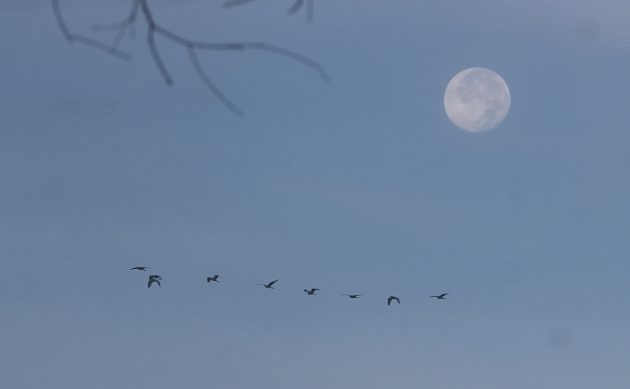
It was really very early. But these Cattle Egrets didn’t seem to mind.
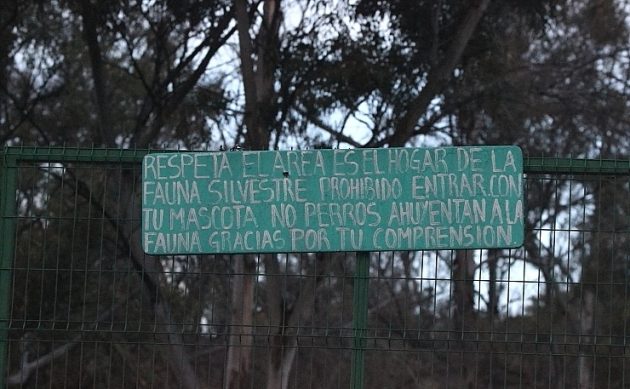
“Respect this area; it is the home of wildlife. Entry with your pet is forbidden: no dogs; they scare wildlife. Thank you for your understanding.”
Among the first birds of interest that greeted me were my first Spotted Wren of the day (a strictly endemic Mexican relative of the Cactus Wren), a Greater Pewee, and the first of many Vermilion Flycatchers and Golden-fronted Woodpeckers. Two Blue Mockingbirds and a Curve-billed Thrasher briefly allowed themselves to be seen.
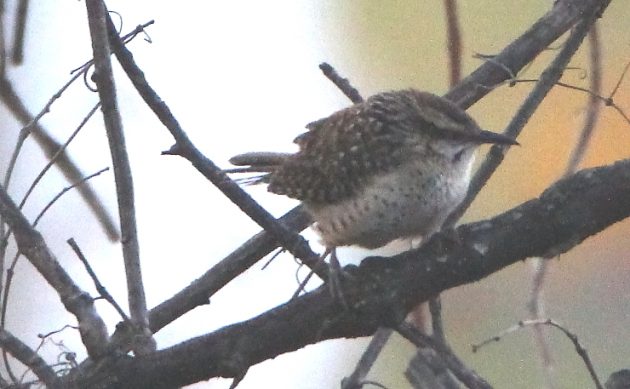
Still early: Spotted Wren
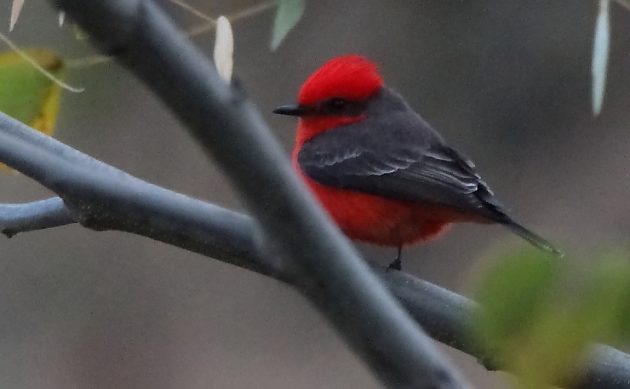
STILL early. But in the case of Vermilion Flycatchers’ colors, that is not always a bad thing.
And then began the cavalcade of hummingbirds. Specifically, 7 Rufous, 10 Broad-billed, 13 Violet-crowned, and 7 Berylline Hummingbirds. You’ll have to come here in winter to see that many hummers (or any Rufous Hummingbirds at all). But the residents will be here in some quantity, any time of the year.
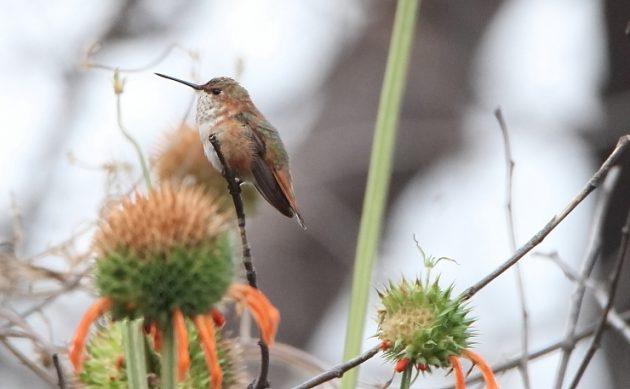
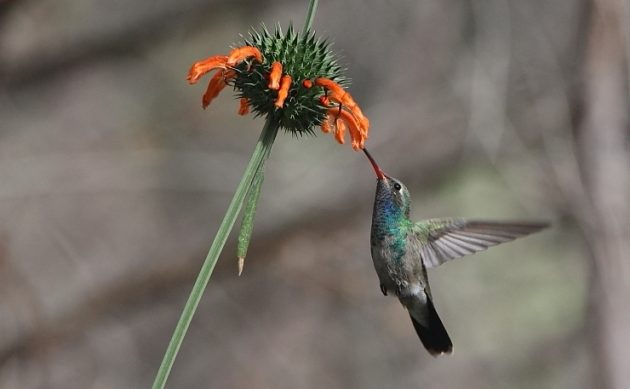
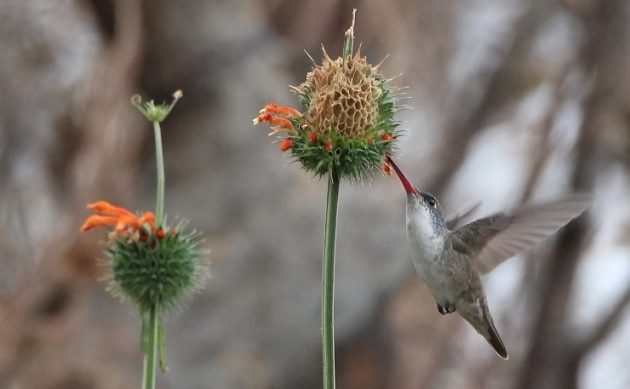
These Broad-billed Hummingbird and Violet-crowned Hummingbirds helpfully positioned themselves perfectly, just for purposes of comparison.
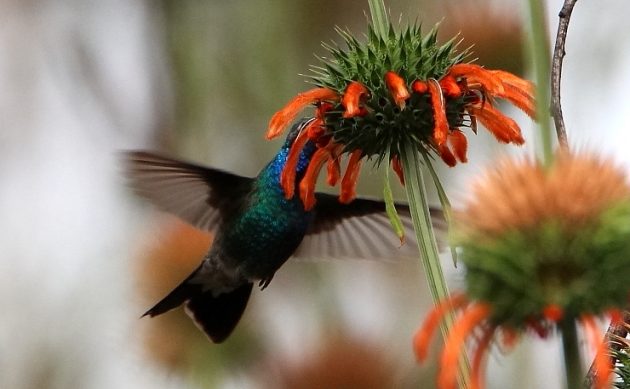
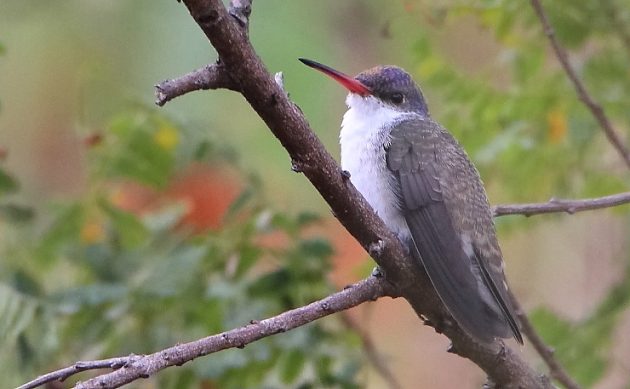
For appreciation of their colors, however, other positions are better.
My day’s total of 52 species included, of course, a good number of northern migrants, as well as birds that are residents both here and up north. But some others can only be seen down south. These included the Ash-throated and Nutting’s Flycatchers, Black-vented and Black-backed Orioles, and the Orange-billed Nightingale-Thrush I heard calling. Many Indigo Buntings and one Lazuli Bunting, beautiful though not endemic, graced the site.
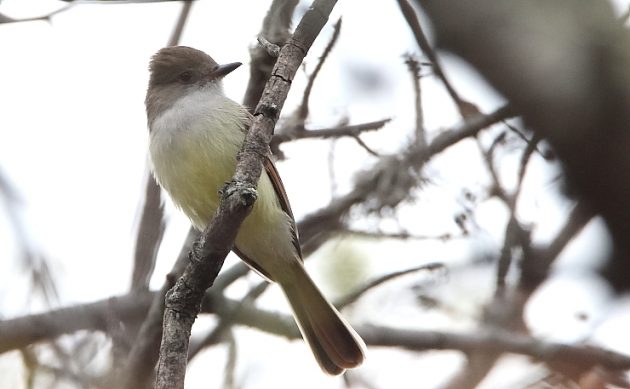
Thank you, dear Nutting’s, for showing me your diagnostic tail pattern!
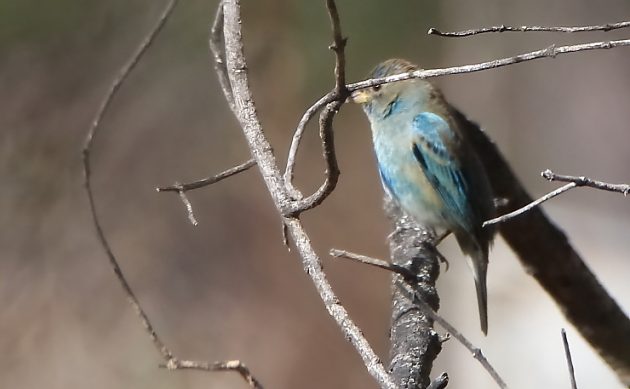
Most male Indigo Buntings don’t show much color in December. This one was an exception.
Finally, a single Rusty Sparrow insisted on posing for my camera. This is one of my favorite subtropical sparrows, so I’ll close with him/her.
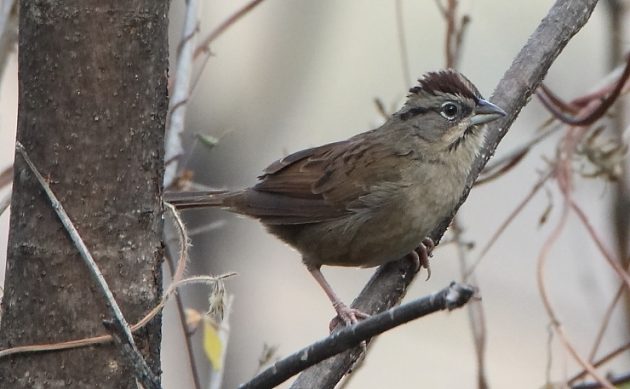


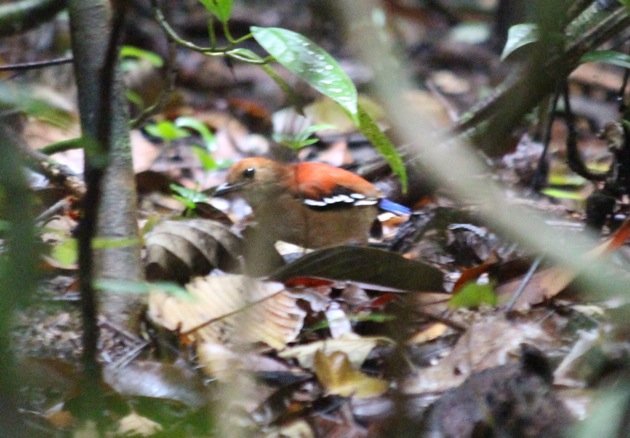

 New writers welcome – please contact us for details.
New writers welcome – please contact us for details.

















Leave a Comment